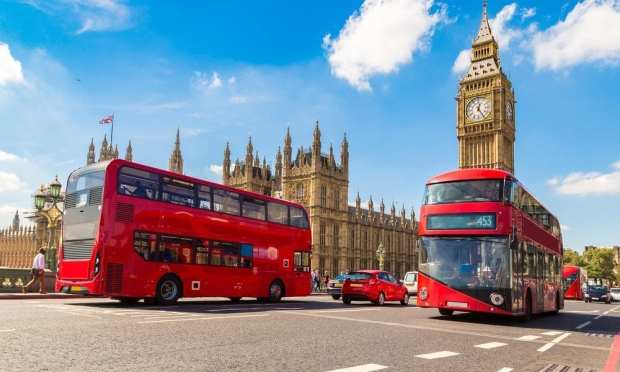Uber Adds Public Transport To Its London App

Uber has added real-time info on London’s underground to its app, as well as other forms of public transportation, including bus, overground, river boat, shuttle and train information, according to reports.
The company was granted a 15-month license to operate in London after it was denied a license renewal in 2017 by Transport for London (TfL), the regulatory transportation body for the city.
A judge decided to give Uber that amount of time to fix the conditions that TfL said it didn’t meet, calling it “not fit and proper to hold a private hire operator licence.”
Most of the concerns brought up centered around safety for both passengers and drivers, as well as Uber’s questionable approach to driver oversight. TfL also said the ride-hailing company didn’t adequately explain its controversial Greyball software, which was created to target individuals who violate the company’s terms of service and prevent them from getting rides.
Adding public transportation to its roster on the app will help Uber project a more collaborative approach with the city. Uber is also in direct competition with public transportation, and it said as much in its S-1 filing for its IPO.
“Our Personal Mobility offering competes with personal vehicle ownership and usage, which accounts for the majority of passenger miles in the markets that we serve, and traditional transportation services, including taxicab companies and taxi-hailing services, livery services, and public transportation, which typically provides the lowest-cost transportation option in many cities,” the company said.
The public transportation option only appears on the app after someone has entered a destination, alongside Uber’s regular options.
David Reich, Uber’s head of transit, said Uber wants to work with the city in a collaborative way.
“With 3.5 million Londoners relying on Uber, we (recognize) the important responsibilities that come with being a good partner to this great global city. We share many of the same goals as the cities that we serve and are committed to addressing the same challenges: reducing individual car ownership, expanding transportation access and tackling air pollution.”